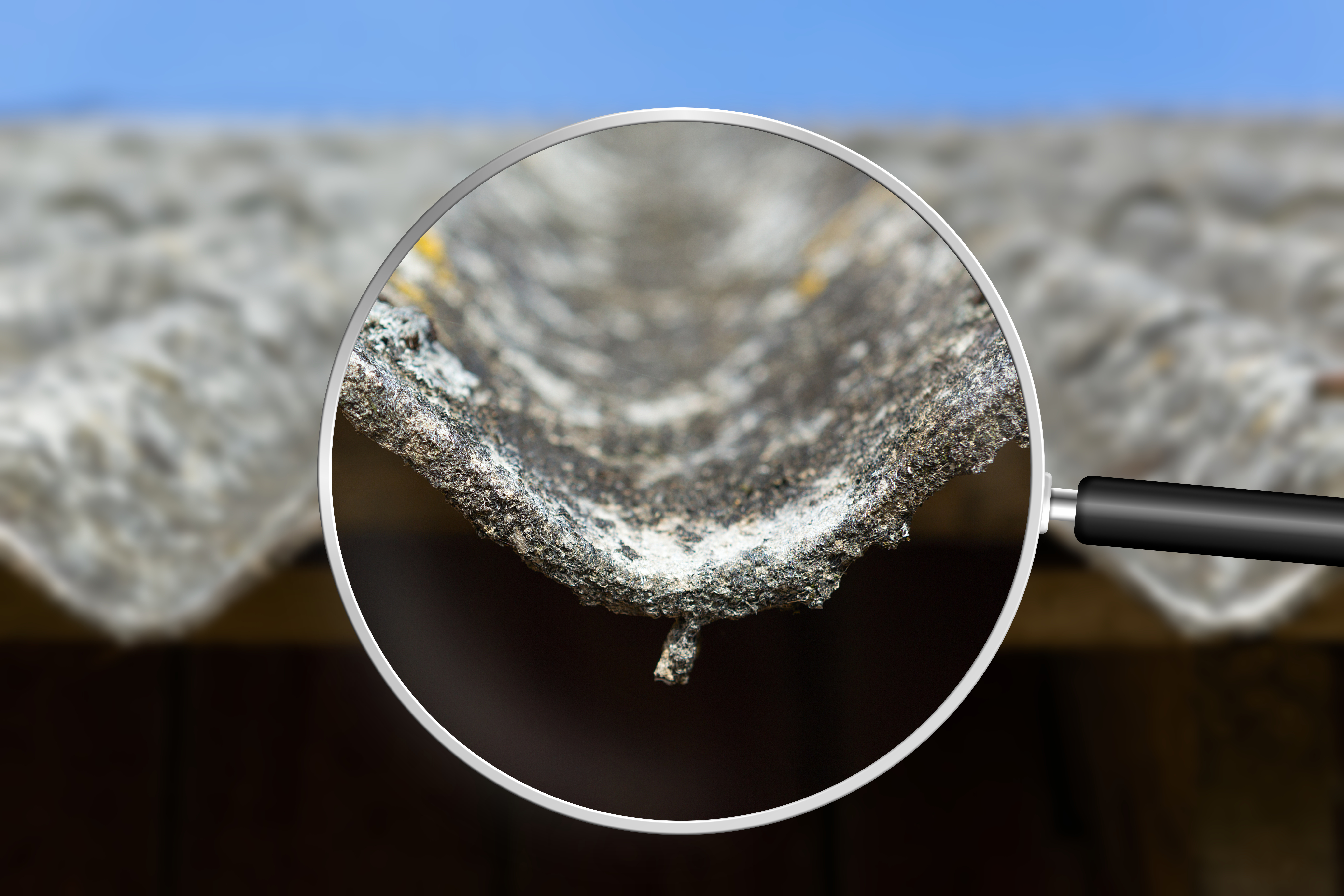
Dec 18, 202511 min read
What is Asbestos? A Complete Guide to Identification, Types, and Safety
Learn what asbestos is, how to identify it in your home, the six types of asbestos fibers, health risks, and when to call professionals. Expert guide.
Asbestos Safety